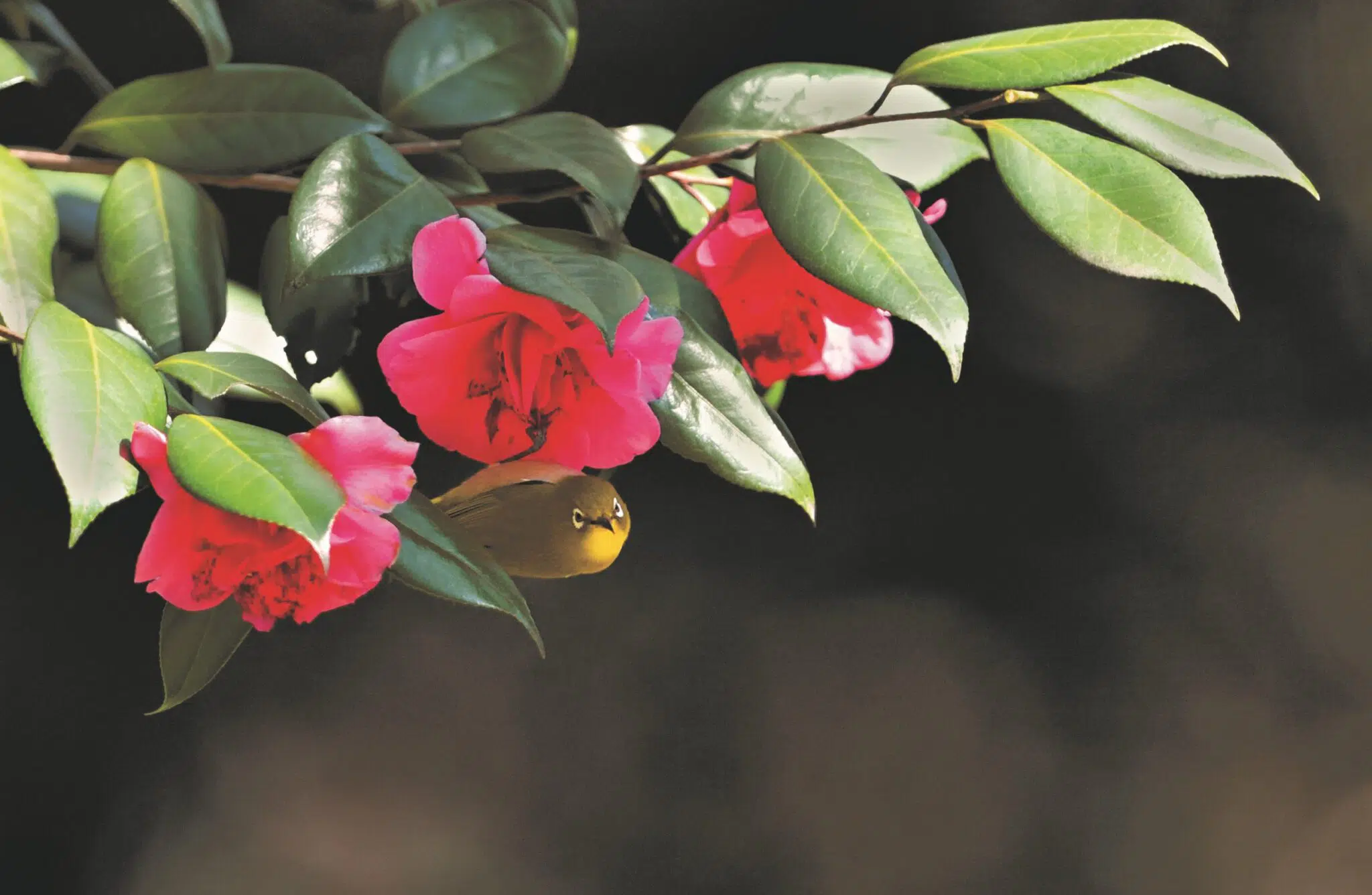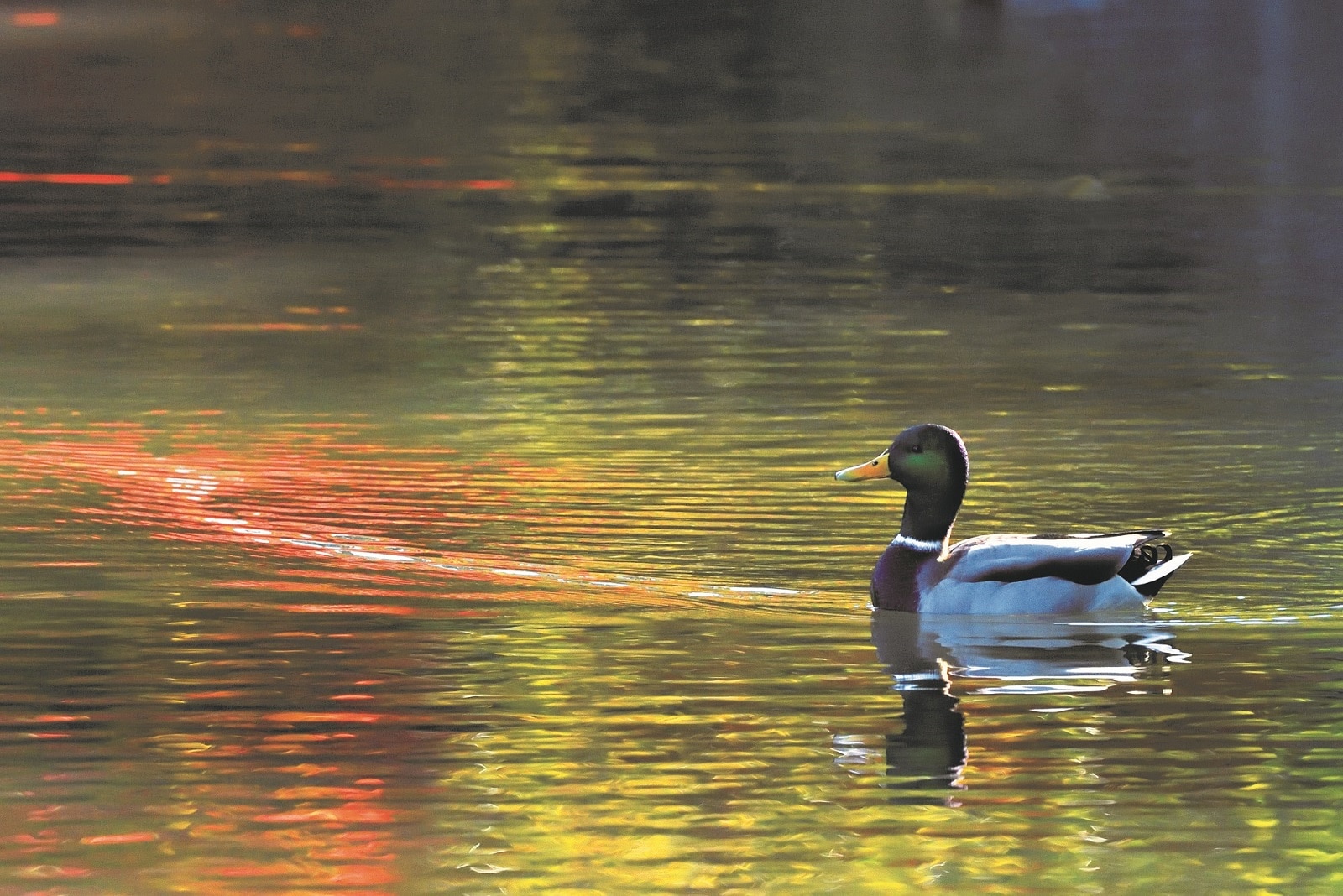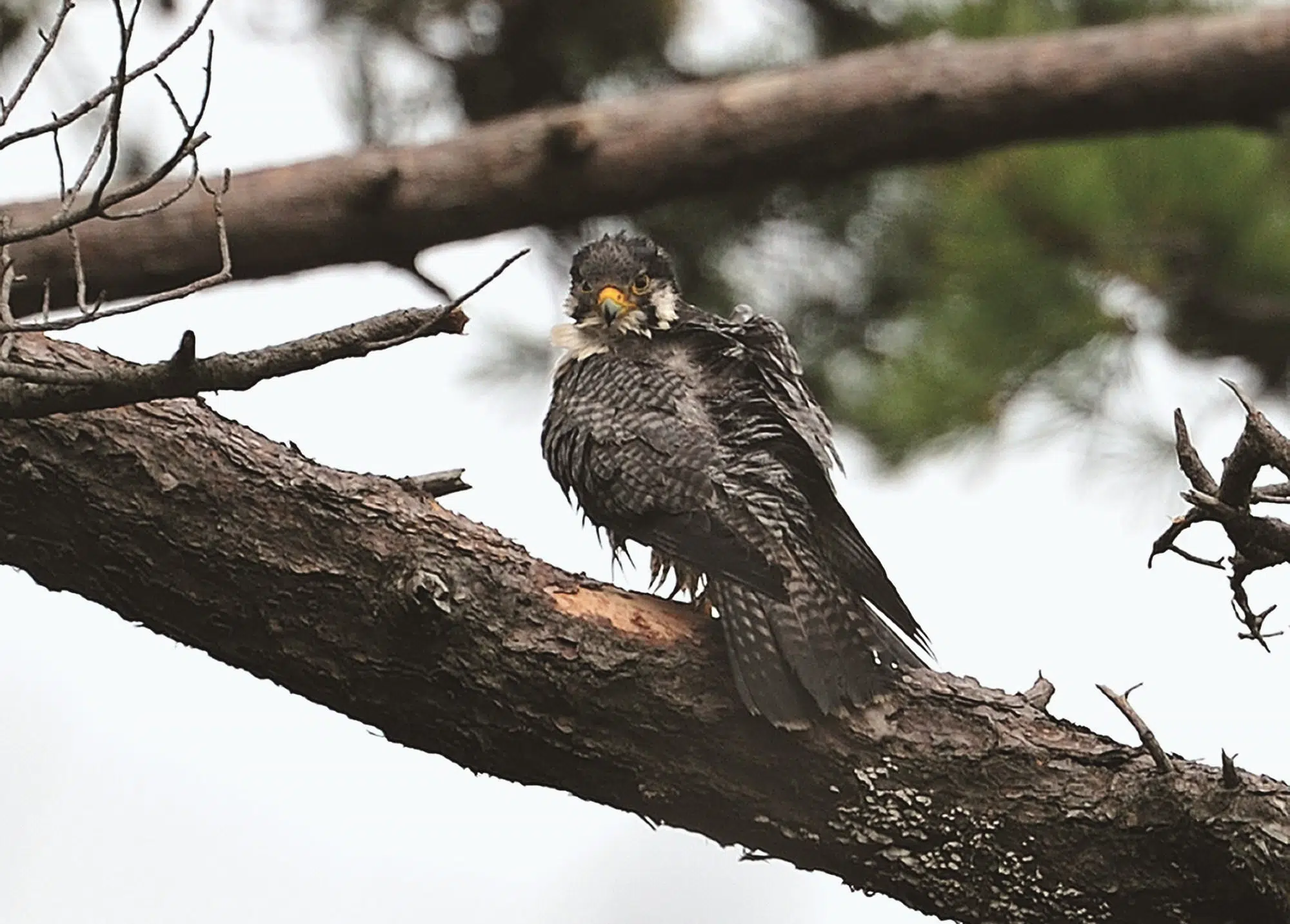Russet Sparrow: hidden in plain sight
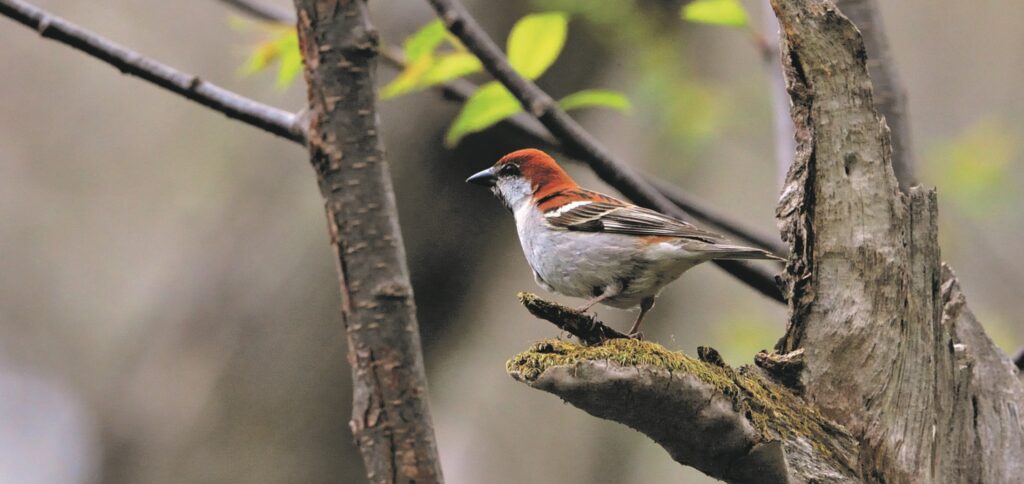
Meet the Russet Sparrow: the lesser-known, but just as fascinating, cousin of the Eurasian Tree Sparrow. With different plumage, habitat preferences and nesting behaviour, there’s more to distinguish this smaller species than meets the eye.
The Eurasian Tree Sparrow is probably the most familiar bird to Japanese people. In February last year, I introduced this species under the title “Chubby Sparrows in Winter”. This time, I will write about another species of sparrow that has inhabited Japan for a long time.
Many people looking at the first photo will assume without a shadow of a doubt that it is a Eurasian Tree Sparrow. In fact, it is not a Russet Sparrow, which is slightly smaller than its better-known cousin. The males look a lot like Eurasian Tree Sparrows, but have a brighter, reddish-brown head and back. The most distinguishing feature when identifying these birds in the field is that the black cheeks of the Eurasian Tree Sparrow are absent in the Russet Sparrow. You can see the difference clearly in the photo at the top of this page. In addition, it is not possible to distinguish the male and the female Eurasian Tree Sparrow by appearance, whereas the female Russet Sparrow has a subdued, greyish-brown colouration quite unlike the male.
The photographs I introduce here were taken over a number of years at the Togakushi Forest Botanical Garden in Nagano Prefecture, where many birds spend their breeding season from April to May and can be observed singing and displaying courtship behaviour. The two photos below, which show the same nest hole, were a brief glimpse into the birds’ housing situation. Birds in the genus Poecile – more commonly known as the chickadees – are the only members of the tit family that excavate their own nest cavities in dead trees. In the photograph, the Poecile couple had worked together to almost complete their nest hole, and the male was courtship-feeding the female.
By HIH Princess Takamado
English translation of an article original featured in ‘Through the Lens’, Fujingaho Magazine, April 2022
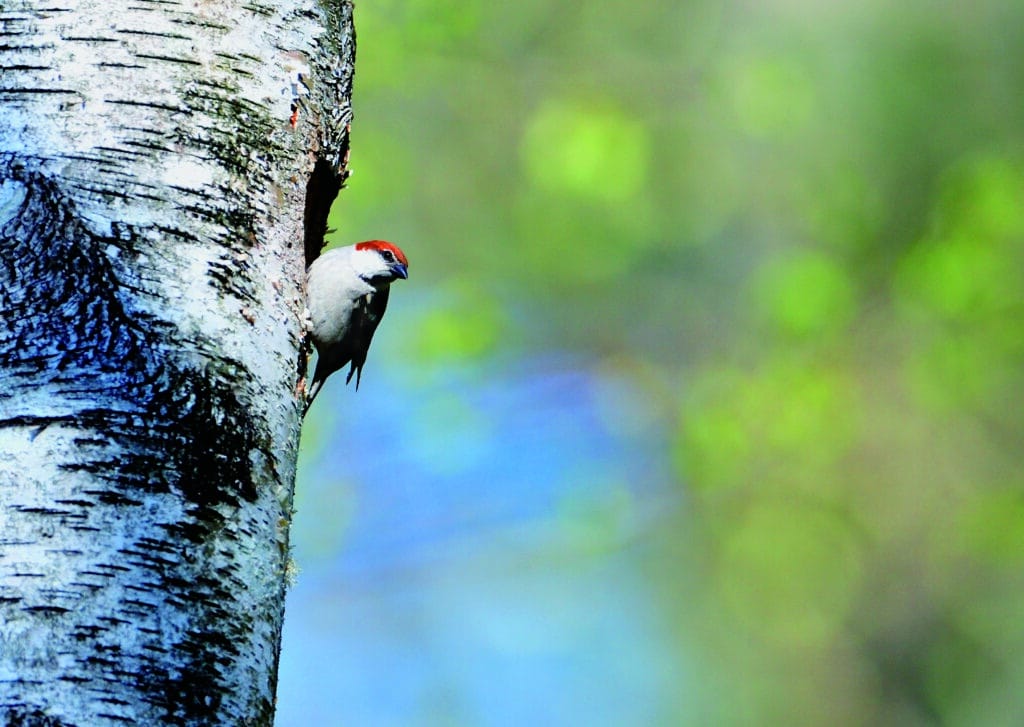
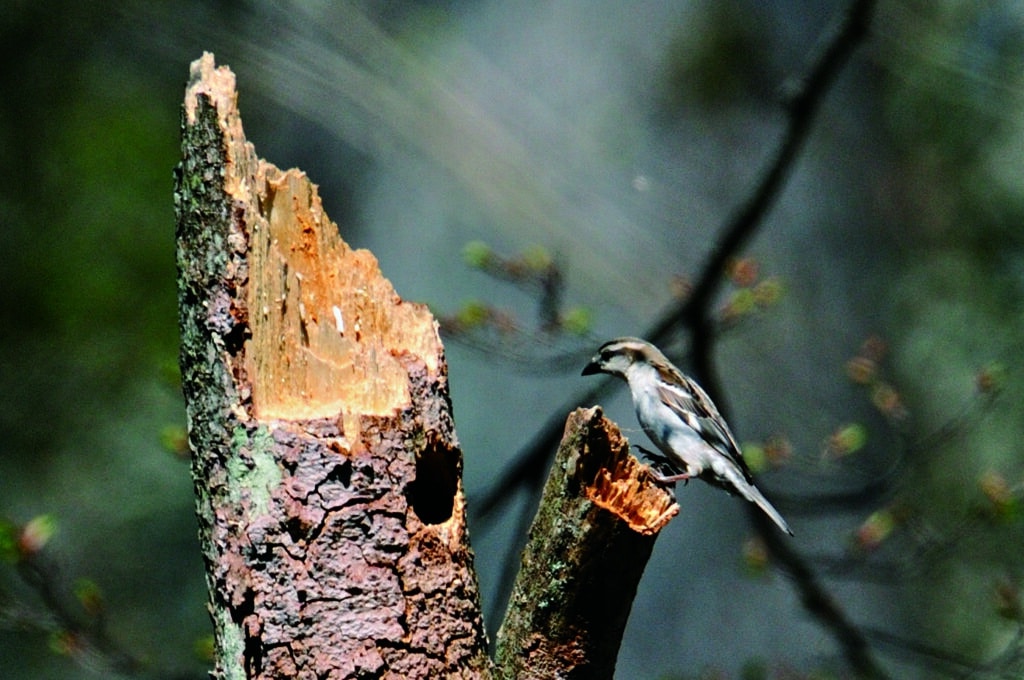
However, just as the two birds were leaving the nest hole, a female Russet Sparrow flew in. Tilting her head, she peered into the hole dug by the Poeciles from various angles. Since the Russet Sparrow cannot make its own holes, she was trying to steal the nest cavity dug by the Poeciles. Returning to the nest, the Poecile couple noticed her and chased her away in a particularly valiant and daredevil fashion. I am still wondering how this nest-hole fight ended.
Breeding habitats also differ between the Eurasian Tree Sparrows and the Russet Sparrow. Eurasian Tree Sparrows tend to nest in human-made structures in towns and cities. On the other hand, the smaller Russet Sparrow lives in forests adjacent to villages and agricultural land, and uses old woodpecker nests and other tree cavities to raise their young. Because of this, I had an image of the Russet Sparrow as a forest bird that has little to do with human life. However, in May 2001, when I went birdwatching at a ski resort in Niigata Prefecture with Prince Takamado, we found that the Russet Sparrow also uses human-made structures. The ski resort, which is busy in winter, becomes quiet once the season is over. We walked for a while from the gates of the ski lifts, and to our surprise, we found that the Russet Sparrows were perched on the structure, nesting in the gaps between the steel pillars.
Ski resorts are far away from human habitation, so we found no Eurasian Tree Sparrows. In such places, I was surprised to find that the Russet Sparrow nests in human-made structures, in a manner similar to the Eurasian Tree Sparrow. There are woodlands on both sides of the slopes, but rather than looking for suitable tree cavities there, it may have been more advantageous to use the gaps between the steel pillars, which offer better protection against their natural enemies. In mountain communities where there are no Eurasian Tree Sparrows, I have heard that in some places the Russet Sparrow has taken up residence in the village. However, this is only the case when their larger cousins are not present, and there seem to be no examples of both species living together in the same place.
Eurasian Tree Sparrows and Russet Sparrows tend to live separately, but this is not a solid segregation, but rather a vague relationship that depends on the power balance between them, which is something that also applies to human society. I have fond memories of feeling close to the Russet Sparrow.
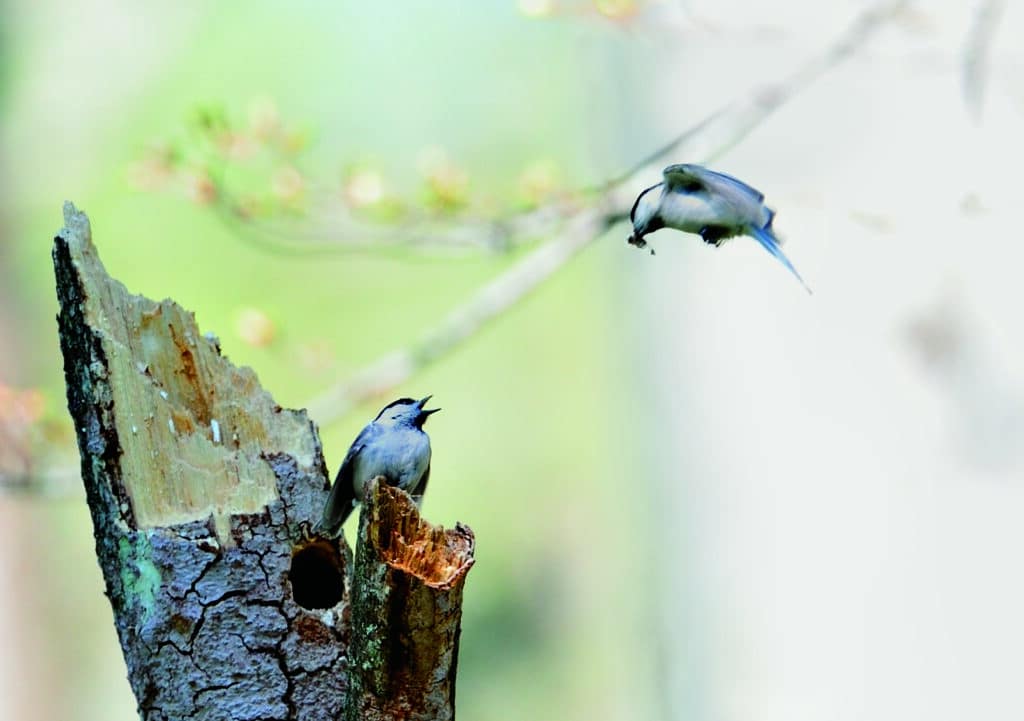
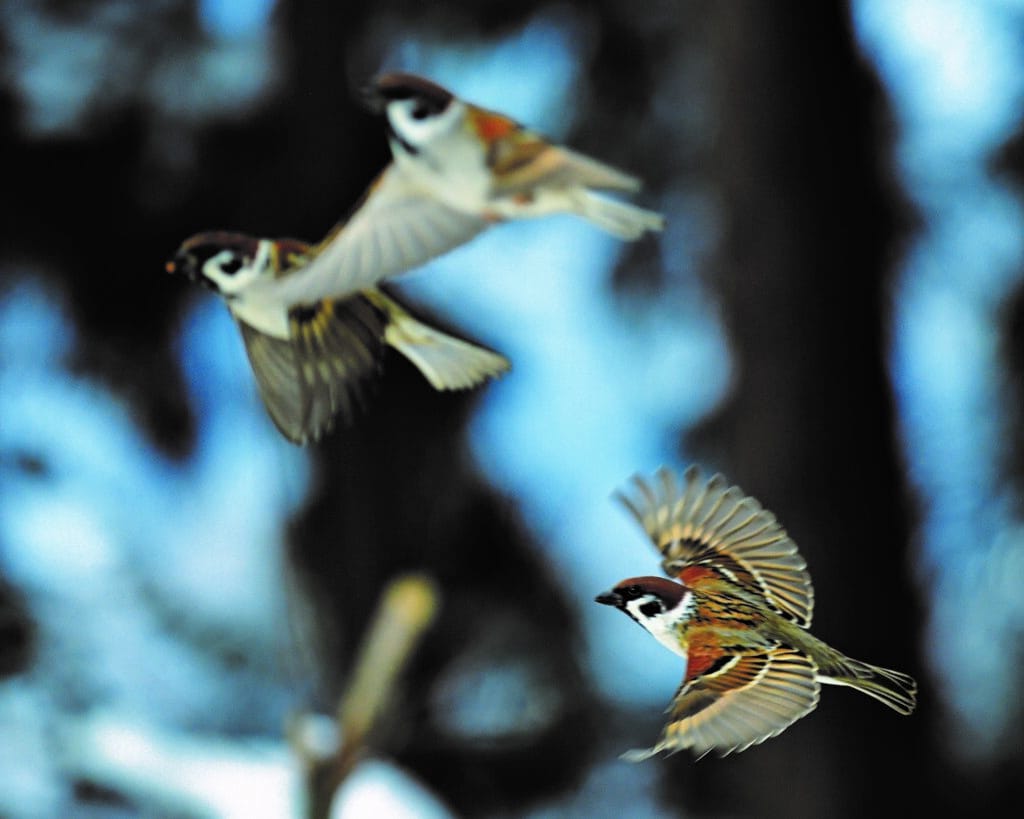
Stay up to date
Sign up to receive the latest bird conservation news. You’ll also receive updates about our projects, science and other ways to get involved including fundraising.
Thank you for your support, we are committed to protecting your personal information and privacy. For more information on how we use your data, please see our Privacy Policy. You can unsubscribe from emails at any time by using the link in the footer of any email from us.


